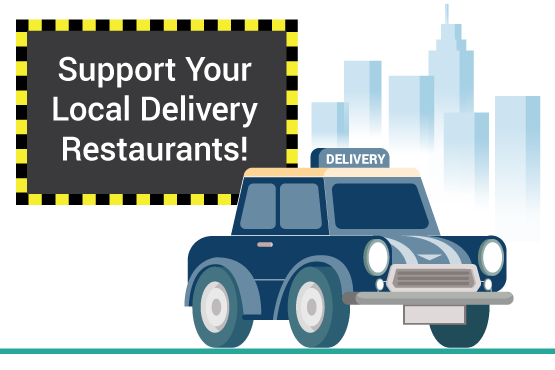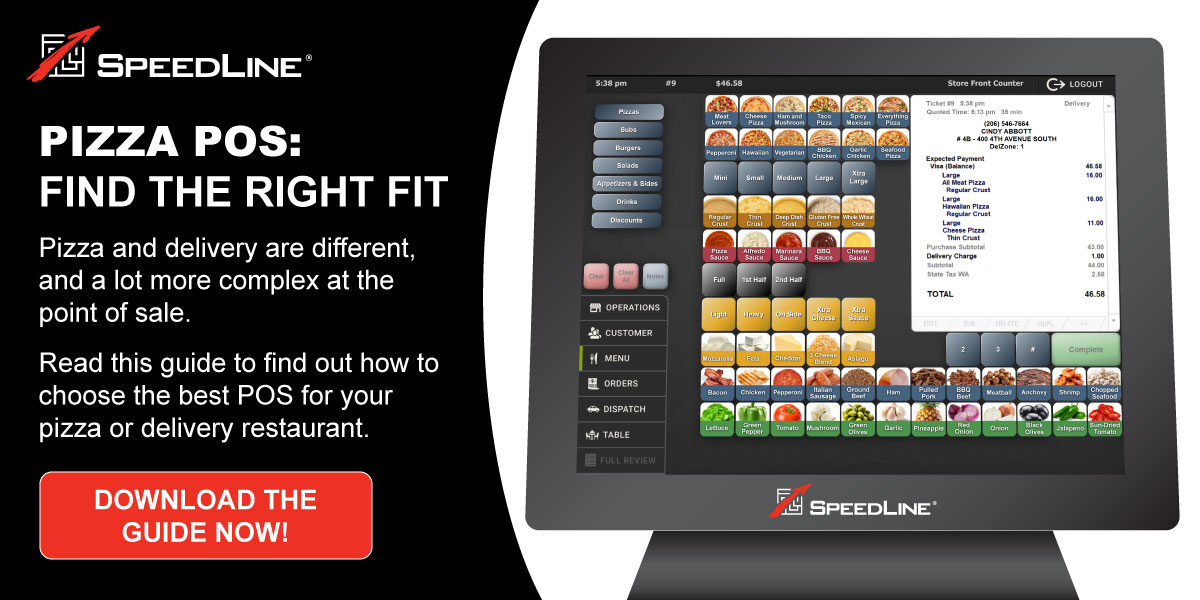With cities on lockdown and Americans being advised to stay home and practice social distancing, the food service industry has been dealt an especially devastating blow, accounting for a staggering 60% of the jobs lost in March. The efforts to curb the spread of COVID-19 have already completely changed how restaurants are able to operate.
Switching to Takeout and Delivery Services
Kevin Wade, the owner of Previti Pizza in New York City, has had to lay off his Midtown Manhattan location’s entire staff, like so many other business owners in the wake of the labor shortage. In order to keep his second location from the same fate, has closed his dine-in concept and is relying on third-party delivery services. Since dine-in is no longer an option due to social distancing, takeout and delivery have become the obvious alternatives.
Sadly, the vast majority of restaurants are not able to make such an immediate switch to delivery and takeout services; of those who are able to, many face the stress of keeping staff on payroll. “[It feels like] there is no one in Manhattan,” Kevin says, “I had to lay off my staff because I know they have families. I applied for the PPP (Paycheck Protection Program) loan and heard I was approved, but unfortunately, there is no money left right now.”
Difficulty Securing PPP Funding
Kevin is not alone in his attempt to secure a PPP loan. In an effort to help small businesses, the US federal government launched the $349 billion PPP, providing loans to small businesses to help them keep employees on payroll and prevent mass layoffs during the COVID-19 pandemic. Unfortunately, the funding quickly ran dry, leaving small business owners like Kevin feeling stressed about how to pay their expenses.
Fortunately for small businesses, there may be help on the horizon. On Tuesday, the US Senate passed a bill to add an additional $310 billion to the program, and also asked some big businesses to return millions of dollars due to miscommunication about eligibility. The $1.6 billion burger-and-fries chain, Shake Shack, which initially received a $10 million loan, voluntarily announced that it would return the funding. “Until every restaurant that needs it has had the same opportunity to receive assistance, we’re returning ours,” tweeted the CEO.
Adapting to a New Environment
The restaurant industry was forecasted to see almost $1 trillion in sales this year, which would have supported more than 15.6 million employees. Although the industry isn’t likely to see those sales this year, some restaurant owners are getting creative—and in some areas of the country, it’s paying off.
Nate Haas, owner of Krazy Karl’s Pizza in Fort Collins, decided to close down his bar and dine-in service before Colorado’s lockdown order came into effect. He saw an opportunity to pivot to offering full curbside pickup while enforcing extra sanitary measures. “We’ve had zero layoffs. As a matter of fact, we’re very busy right now!” he exclaims, “Requiring our staff to wear masks and gloves has been a bit of a challenge, but we got it rolling. Our region loves us and has been nothing but supportive.”
The next big question is if the restaurant industry is likely to go back to “business as usual” after the pandemic is over. Both Kevin Wade and Nate Haas—although in separate areas of the country and feeling the impact of the pandemic in completely different ways—seem to be in agreement. Kevin Wade explains that “a third of my business at Previti Pizza came from corporate orders, which often take the form of large gatherings. I don’t think that we will see that again for a while.” Nate Haas feels the same: “Some places are going to really struggle, and certain areas of the country may be fundamentally changed. Trust will be hard to come by for some, and joining large crowds will take some time. Pickup and delivery will remain king for a while.”
Finding the Silver Lining
On a positive note, now that the Senate has passed new funding for the PPP program, perhaps small businesses will be given that extra bit of help they need right now. In the meantime, through the use of social media, this uncertain time can also bring restaurants closer to their communities. For some restaurant owners who have been previously hesitant to implement online ordering, pickup, and delivery, this unfortunate situation could put new systems in place and offer a small positive outcome to the COVID-19 pandemic. These convenient options in food service were growing rapidly even before social distancing measures took effect, and are systems that are not likely to go away in the future, even when dine-in options are reintroduced.
To learn more about how to trim costs and optimize your delivery services, download our free guide.
Posted on Thu, Apr 23, 2020 @ 11:04 AM.
Updated on April 27, 2023 @ 7:00 PM PST.


